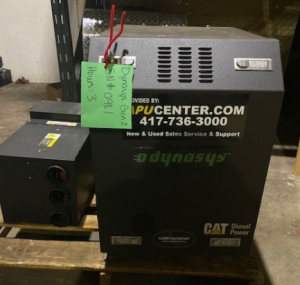Safety is the GOAL
Following the GOAL acronym can save you from potential injury and costly accidents. If you haven’t heard it already, “GOAL” is a common word used amongst truckers to remind themselves to (G)et (O)ut (A)nd (L)ook. Many accidents and injuries are avoided by taking the extra time to assess your surroundings.
Truckers are often required to put their tractors and trailers into tight spots. That’s why taking the extra time to make sure the location is safe is necessary. Remember: we all want to go home in the same condition at the end of the day, ensuring we take the time to operate our trucks safely will provide the opportunity that we (and the people around our vehicles) need to go home safe as well.
One example of when GOAL comes into play is when backing into a tight parking spot or loading zone. Instead of taking the risk of negotiating a backing procedure blind, Get Out And Look to ensure that no obstacles or people are in your path of travel. Truckers don’t like to turn their trucks off while performing GOAL, why not install an auxiliary power unit to save yourself some money while your truck sits idle?
After being parked in your truck for an extended amount of time, make sure you GOAL (Get Out And Look) your surroundings before hitting the road again. A lot can change in the short amount of time you spend in your cab with your truck parked. Has an animal found shelter under your wheel well? Has a child decided to rest on your back bumper? Maybe there was a slow leak in a tire that is now flat…. There are many variables that could come up that you need to be aware of. Make sure your area is safe before moving the truck again.
Damages can be costly. Use GOAL to help yourself avoid preventable accidents. Use an auxiliary power unit to save yourself money while making sure your path of travel is safe. Do not rush while checking your surroundings, it could save you from a potential collision or an injury to bystander!









